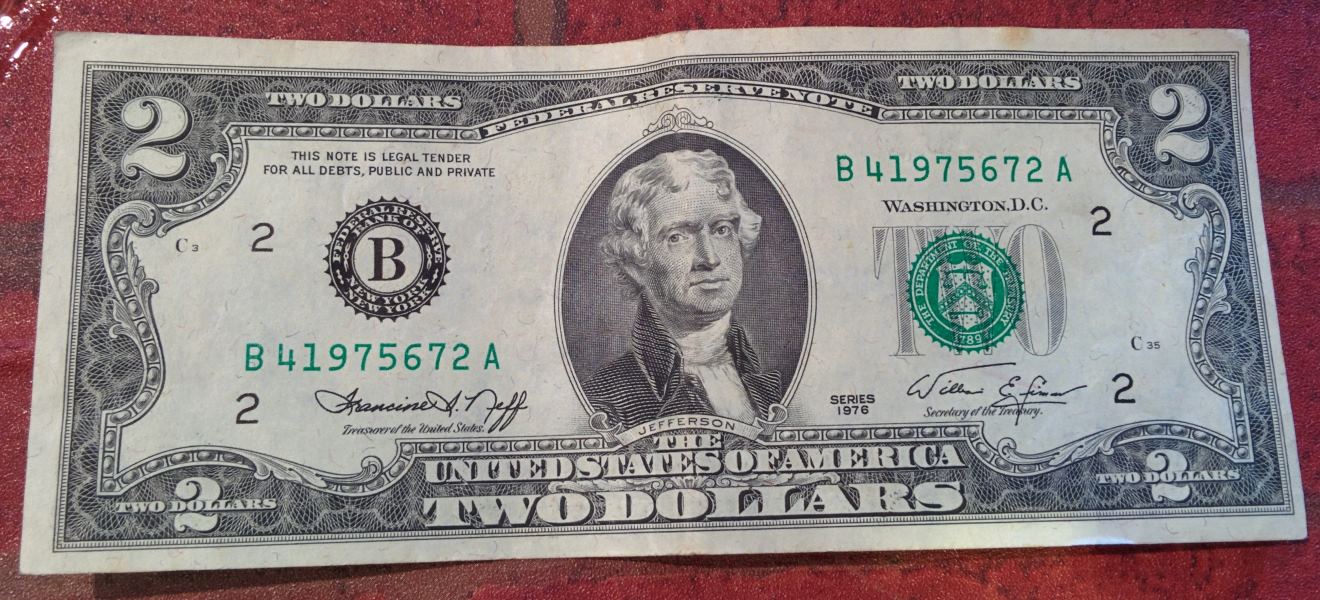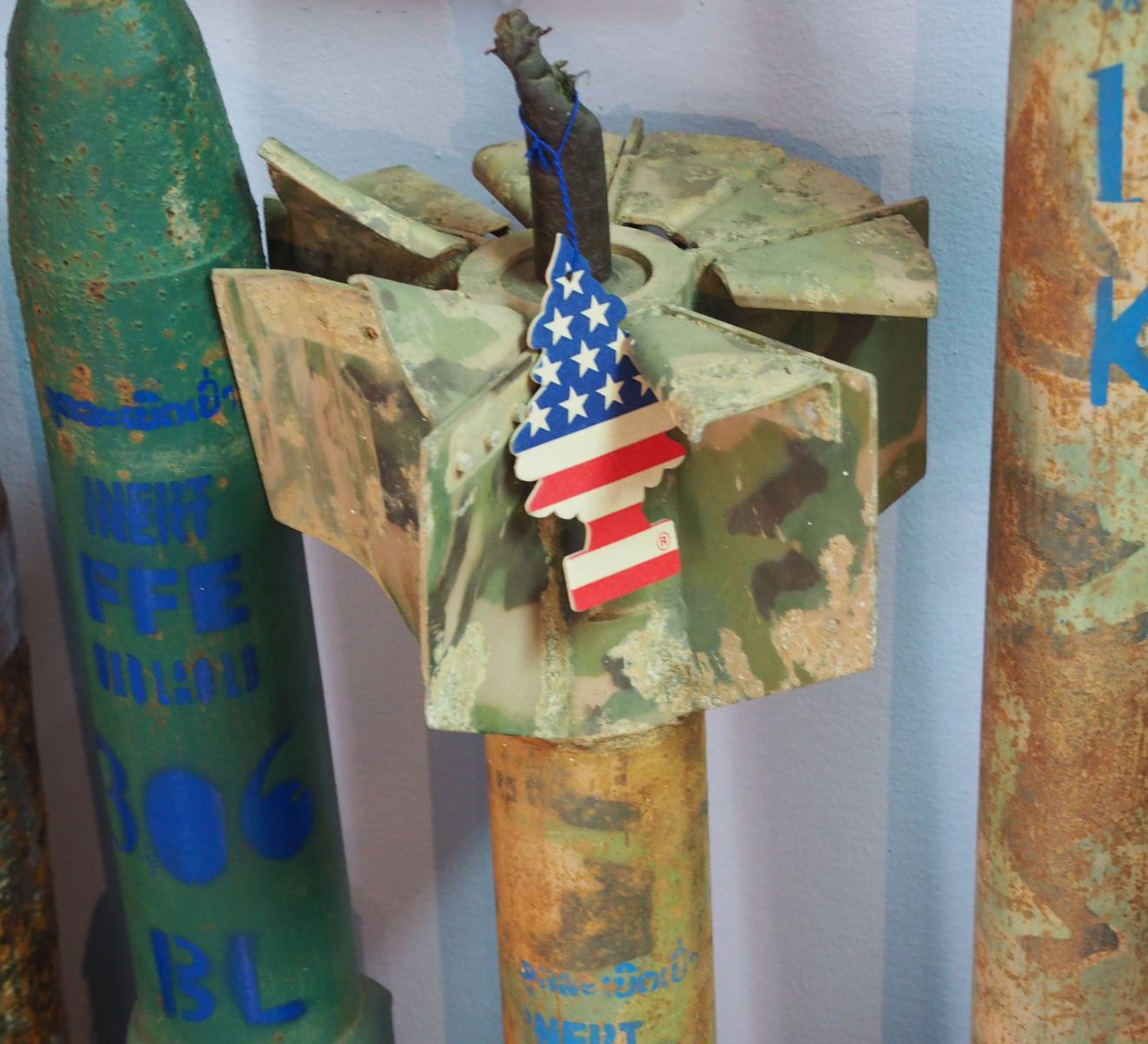A Holiday in Cambodia
Tue, Feb 5, 2019
4 min read
It's tough kid, but it's life.

Cambodia is a mixed bag. On one hand it’s dirty, dusty and polluted (particularly in the dry season), with a horrific past and large wealth gap. On the other hand it has some fantastic food, culture and scenery. It’s a surprising country and different to what you might expect.
For example, I was pleasantly surprised at how widespread progressive smoke-free policies were, with basically no smoking in indoor restaurants. In some respects it is better in this regard than certain European countries, such as Germany. We mainly saw tourists doing most of the smoking, but this is probably a case of selection bias due to where we stayed and ate.
There are many similarities to neighbouring countries but there are also subtle differences if you look closely. For example, a tuk tuk is usually a detachable trailer on a scooter rather than a purpose built vehicle.
Rubbish
There is a lot of rubbish everywhere. This is mostly plastic and predominantly plastic bags. You find these littered everywhere; by the roads, around the lakes and in the rivers. It’s unsurprising that they make their way to the ocean and cover the beaches. The windward beaches are particularly disgusting. Most of the plastic in the oceans comes from only ten rivers in Asia and the Mekong is among them.
There doesn’t appear to be a culture of using bins. We witnessed many incidents such as a motorbike rider throwing a finished drink container into a river as they went along and a child just dropping an ice lolly wrapper on the ground to be blown away, while standing very close to a bin. There are fines for littering but, like mandatory motorbike helmets, they don’t seem to be enforced. A lot of rubbish is simply burned but there is lots of waste left in the embers.
Cambodia is still recovering from its past and development progress is unevenly distributed. There are unfinished power grid lines being constructed and I read a proud article in the local paper about the national grid plans to reach the whole country with an electricity supply. These large pylons must be unfamiliar to some as there were big signs warning against building too close to them. There are power cuts and many places have backup generators outside.
Keeping it Riel
Cambodia has two currencies, the local riel and the US dollar. There are no coins and you will usually get change under a dollar in riel (or sometimes bigger denominations).
We received this 1976 $2 bill in change, which wasn’t accepted in many places (along with damaged, taped or written-on bills). It makes you think about what was happening at that time and the role of the US.

The US secret war in Laos was happening in Cambodia too. This aerial bombing destroyed lives in the East of the country and enabled a brief but brutal regime to take over.

There are lots of stones in the national museum carved into beautiful statues but the most interesting rock is the smallest and it’s encased in plastic.

This is a moon rock from Apollo 17, given to Cambodia in 1973. It’s odd to think that during the moon landings the USA was also inflicting massive damage on Vietnam, Laos and Cambodia. Just a couple of years after this rock presentation the country was further blighted by brutal years of unimaginable horror.
Wat or Not
The one thing that everyone wants to see in Cambodia is Angkor Wat and it is stunning. The nearest place to visit the temples from is Siem Reap and we’d heard that it’s a bit of a party town.
Siem Reap the Rewards
While it’s true that Siem Reap is lively, you shouldn’t fear the Siem Reaper. Once you get away from the main strip, it has some character. For example, there is a pleasant wat near the river complete with its own EVs. However, the inside closes frequently for worship (e.g. 11 - 12).
Many guides say you can skip the rest of the country if short on time but that wouldn’t give you a fair impression. We even saw one guidebook that covered just Vietnam and Angkor Wat.
Coast
You can get a bus from Siem Reap to Phnom Penh and the road isn’t bad. However onwards to the coast it’s not great and in places just dirt. The train to Kep and Kampot may be a better option but it is currently weekends only.
It’s well worth checking out the coast at Kampot and taking a trip into Bokor national park up in the Elephant Mountains. You can also take a trip on the local river and visit pepper plantations in the area to see how this staple seasoning grows.
Summary
Overall, Cambodia was an eye-opening experience and very pleasant in places, if a little stressful at times. Luckily I didn’t forget to pack a wife for support.